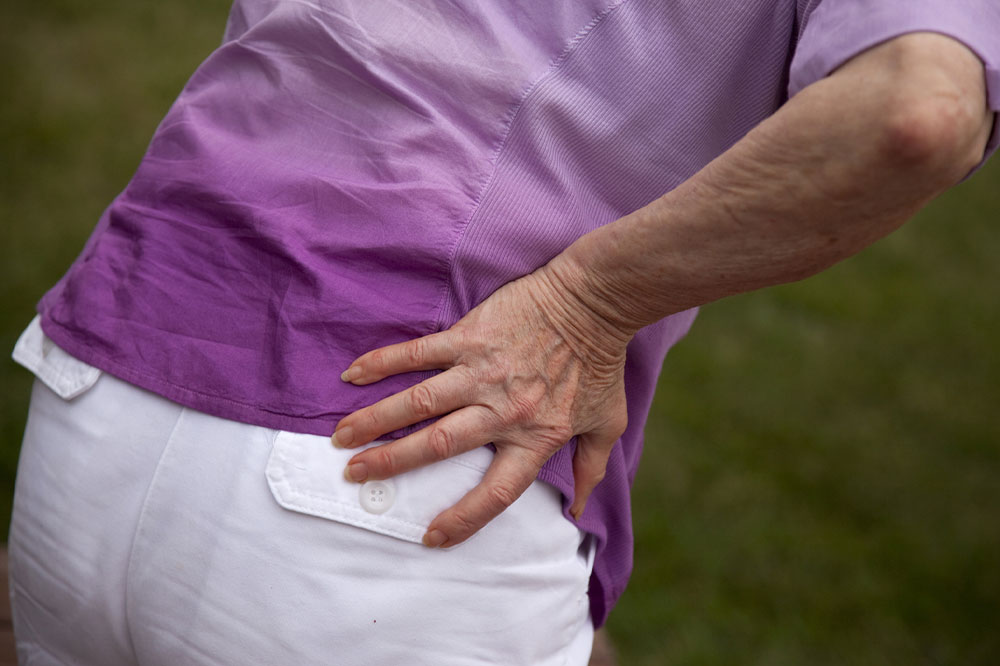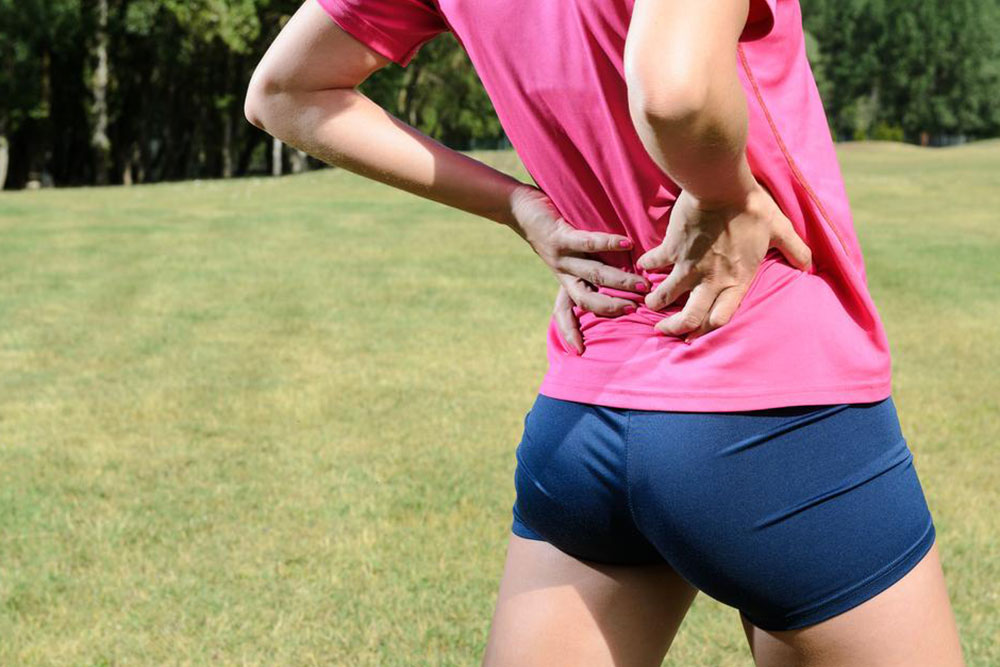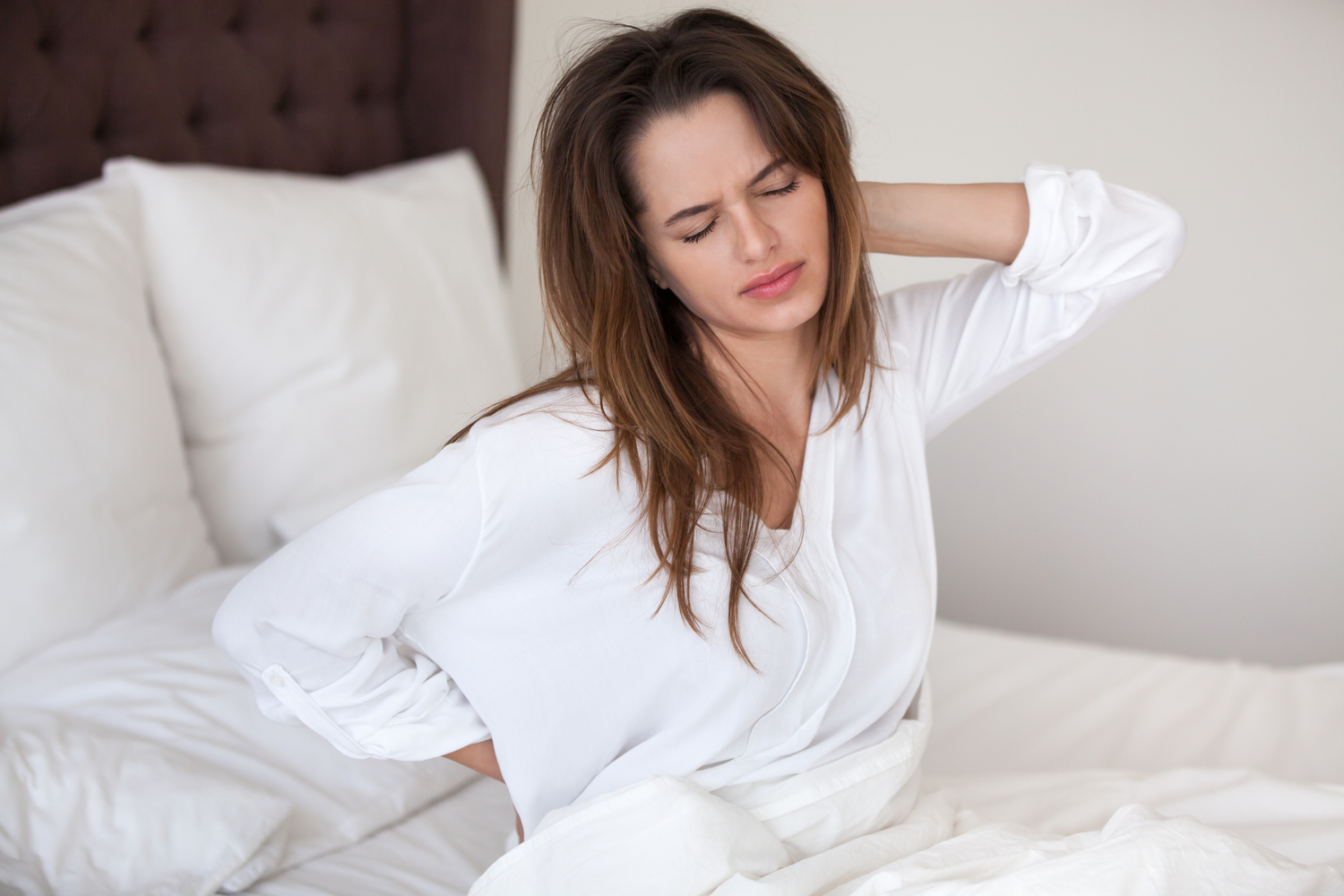Comprehensive Approaches to Relieve Back Pain Effectively
This comprehensive article offers practical, scientifically-supported strategies to effectively relieve back pain. It covers temperature therapy, stretching, supportive footwear, posture correction, and sleep optimization. Designed for those suffering from back discomfort, the guide emphasizes preventive measures and lifestyle adjustments to promote spinal health and recover mobility. Readers will find detailed tips suitable for immediate use and long-term prevention, ensuring a better quality of life with fewer back problems and enhanced well-being.

Comprehensive Approaches to Relieve Back Pain Effectively
Back pain is a common ailment that can develop gradually over time or occur suddenly due to injury. It significantly impacts daily activities, productivity, and overall quality of life. Without proper care and attention, back discomfort can worsen, leading to chronic issues that may require medical intervention. Understanding the root causes and implementing effective strategies can help manage and alleviate back pain, allowing individuals to regain mobility and comfort. This article explores a variety of proven methods to relieve back pain, emphasizing preventive measures, lifestyle adjustments, and therapeutic techniques.
Back discomfort can originate from multiple factors. Poor posture, especially during prolonged sitting or improper ergonomics, is a leading cause. Musculoskeletal issues such as arthritis, spinal disc herniation, and injuries from accidents or heavy lifting contribute significantly to back pain. Additionally, muscle strain, ligament sprains, and degenerative conditions can result in ongoing discomfort. Recognizing these causes is essential to tailoring appropriate treatment and prevention strategies.
Effective Therapies and Lifestyle Changes for Back Pain Relief
Temperature Therapy: Cold and Heat Treatments
One of the simplest and most effective home remedies for back pain involves temperature therapy. Applying cold packs or ice wraps to the affected area can help reduce inflammation, numb the pain, and decrease swelling. Cold therapy is particularly beneficial within the first 48 hours after an injury, as it constricts blood vessels and limits tissue damage. Alternating with heat packs—such as heating pads or warm towels—can enhance healing by promoting blood flow and relaxing tense muscles. It is important to limit application time to no more than 15-20 minutes per session to prevent skin irritation or burns. Properly using temperature therapy can expedite recovery and provide significant pain relief.
This approach minimizes swelling, reduces pain, and accelerates healing processes.
Stretching and Exercise Routine
Maintaining flexibility and strength in back muscles is vital for preventing and relieving discomfort. Prolonged sitting or sedentary lifestyles often lead to muscle stiffness and poor posture, which exacerbate pain over time. Incorporating regular stretching routines can counteract these effects. Simple stretches like hamstring pulls, hip flexor stretches, and spinal rotations can be performed multiple times a day. Yoga poses such as child’s pose, cat-cow stretch, and cobra position are highly effective in easing back tension. Standing up every 30 minutes to walk around and stretch helps maintain blood circulation and reduces muscle stiffness.
Additionally, engaging in low-impact exercises such as swimming, walking, or gentle core strengthening can provide long-term relief and improve spinal stability. Always consult a healthcare provider or physiotherapist before starting new exercise routines to ensure they are suitable for your specific condition.
Supportive Footwear Choices
The type of shoes worn daily can influence overall spinal health. High heels increase pressure on the lower back, disrupt spinal alignment, and intensify pain—especially in those already suffering from back issues. Opting for footwear with a low heel, ideally below 1 inch, supports better posture and reduces stress on the lower back. Orthopedic shoes or insoles designed to promote proper alignment can be beneficial, especially for individuals who stand or walk for long periods. Proper footwear not only alleviates back pain but also helps prevent future discomfort caused by improper gait and imbalance.
Posture Awareness and Ergonomic Adjustments
Maintaining correct posture is fundamental in preventing back pain. When standing, keep your chest lifted, shoulders relaxed, and weight evenly distributed on both feet. Imagine a string pulling your head upward to avoid slouching. When sitting, choose chairs that support your lower back, and ensure your feet rest flat on the ground with knees at a 90-degree angle. Ergonomic accessories such as lumbar support cushions, adjustable desks, and ergonomic keyboards can optimize your workspace to promote healthy posture. When lifting objects, always bend your knees and lift with your legs, not your waist, to prevent undue strain.
Significance of Quality Sleep for Back Health
Good sleep habits are crucial in managing back pain. A supportive mattress that maintains spinal alignment and relieves pressure points can significantly reduce discomfort. Sleeping on your back with a pillow placed under your knees helps maintain natural spinal curves and minimizes strain. Alternatively, sleeping on your side with a pillow between your knees can also provide relief. Avoid sleeping on your stomach, as this position often leads to neck and back strain. Aim for at least 7-8 hours of restful sleep each night to allow muscles to repair and tissues to regenerate. Adequate sleep not only alleviates pain but also improves overall physical and mental health.
If back pain persists beyond a few days, worsens, or is accompanied by symptoms such as numbness, tingling, bladder or bowel control issues, seek medical evaluation promptly. Professional treatment may include physical therapy, medications, or other interventions tailored to your needs.
As a comprehensive guide, these strategies can significantly improve back health, reduce discomfort, and enhance quality of life. Incorporating these evidence-based practices into your routine can help prevent future episodes of back pain and promote overall spinal wellness.




